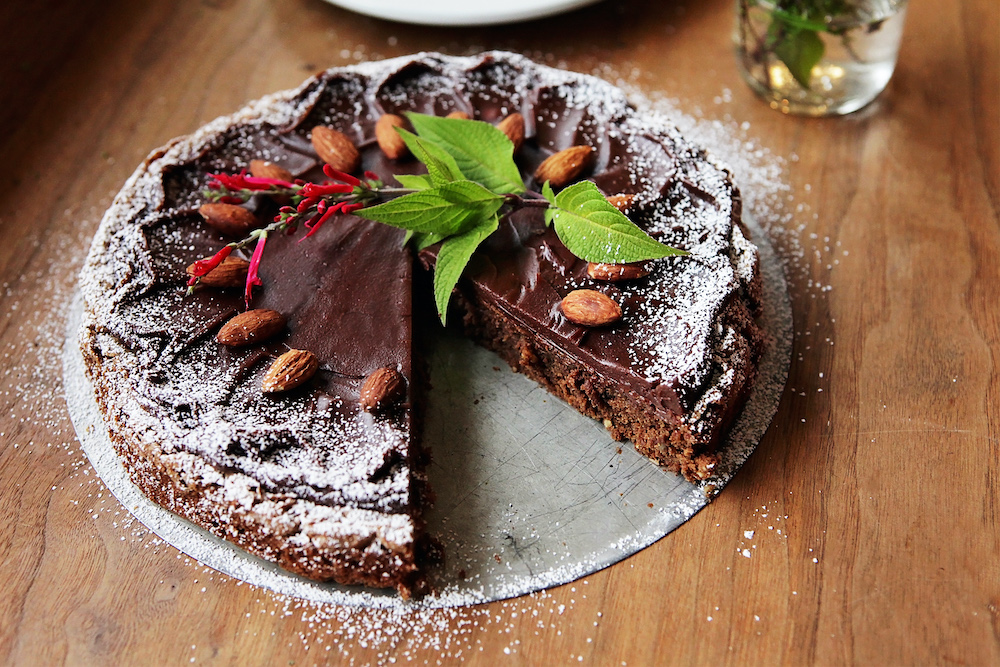 Last summer, I had the good fortune to spend a week in Julia Child’s former summer house in Grasse, France. The experience has inspired me to recreate some of her favorite recipes. I learned to make this Reine De Saba cake in cooking school in San Francisco many years ago. This recipe adapts exceptionally well to gluten-free by substituting out the cake flour for a gluten-free mix—you won’t even taste the difference. The cake is intentionally baked to leave the middle slightly soft. You and your guests will delight in the creamy center, which is the best part!
Last summer, I had the good fortune to spend a week in Julia Child’s former summer house in Grasse, France. The experience has inspired me to recreate some of her favorite recipes. I learned to make this Reine De Saba cake in cooking school in San Francisco many years ago. This recipe adapts exceptionally well to gluten-free by substituting out the cake flour for a gluten-free mix—you won’t even taste the difference. The cake is intentionally baked to leave the middle slightly soft. You and your guests will delight in the creamy center, which is the best part!
![]()

One 9-inch cake; serves 6–8
CAKE
4 oz semisweet chocolate chips
¼ cup brewed espresso (or very strong coffee)
4 oz unsalted butter, room temperature
¾ cups sugar, divided
3 eggs, separated into yolks and egg whites
¼ tsp salt
½ cup roasted almonds, finely chopped
¼ tsp almond extract
½ cup cake flour (or gluten-free flour mixture)
FROSTING
2 oz semisweet chocolate
2 Tbsp rum or brandy
6 Tbsp unsalted butter, room temperature
20 whole almonds, roasted
2 Tbsp powdered sugar
CAKE
Preheat oven to 350°F. Brush a 9-inch cake pan with oil and line with parchment paper along the base and sides. Set aside.
Combine chocolate chips and espresso in a medium bowl and place over a pan with 2 inches of simmering water, creating a double boiler. Melt chocolate and combine well with the coffee. Remove from heat and let cool.
In the bowl of a stand mixer, cream the butter and sugar (reserving 1 Tbsp for the egg whites) with a paddle attachment. The mixture will be light in texture and pale in color.
With the mixer running, add the egg yolks one at a time until thoroughly combined.
In a separate bowl, with a hand mixer or whisk attachment, whip the egg whites until they’re frothy. Add the remaining Tbsp of sugar and continue whipping until you have medium-stiff peaks.
Remove the bowl of creamed butter from the stand mixer and add the cooled chocolate, salt, chopped almonds and almond extract. Mix to combine.
In 3 additions, alternately add the whipped egg whites and sift the flour over the surface. Between each addition, gently fold to combine well. Scoop the batter into the cake pan and use a spatula to smooth the surface for even baking.
Bake for 25 minutes. The cake will be slightly soft in the center but firm toward the perimeter.
Let cool for 15 minutes. Invert the cake onto a presentation plate and remove the parchment paper.
FROSTING
Melt the chocolate and rum in a medium bowl set over a pan filled with 2 inches of simmering water. Remove the chocolate-rum mix from the heat and add the softened butter. Using a hand-held mixer or whisk, incorporate the butter into the warm chocolate. When the frosting is slightly cool and spreadable, frost the top of the cake. Decorate with whole almonds and a dusting of powdered sugar.
Enjoy!



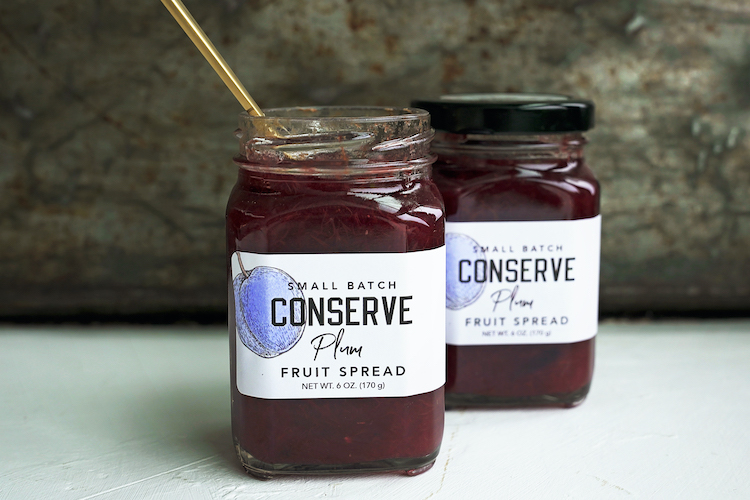


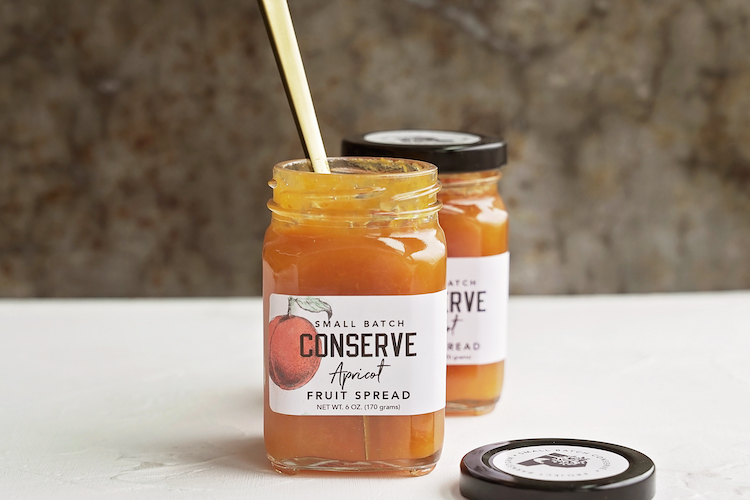

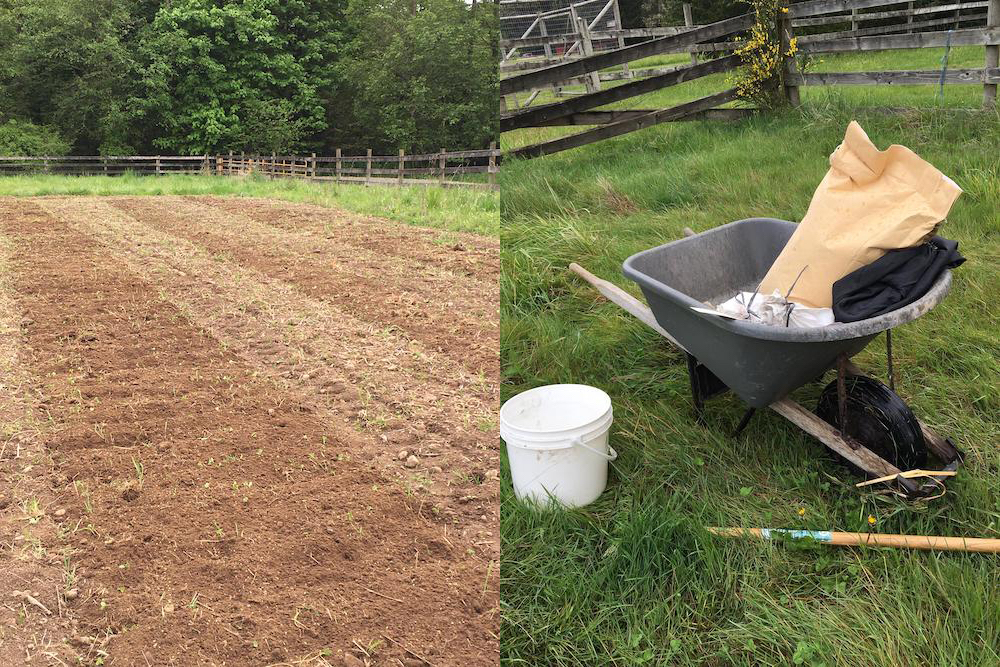
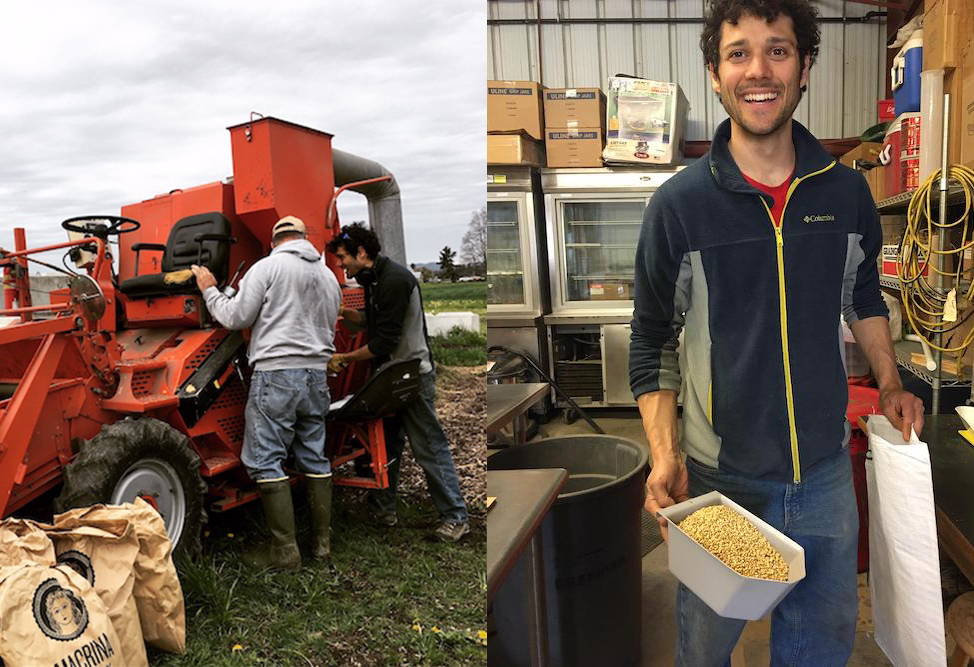
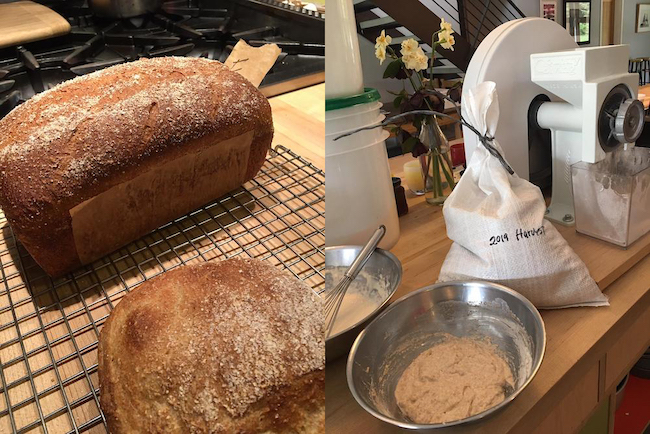


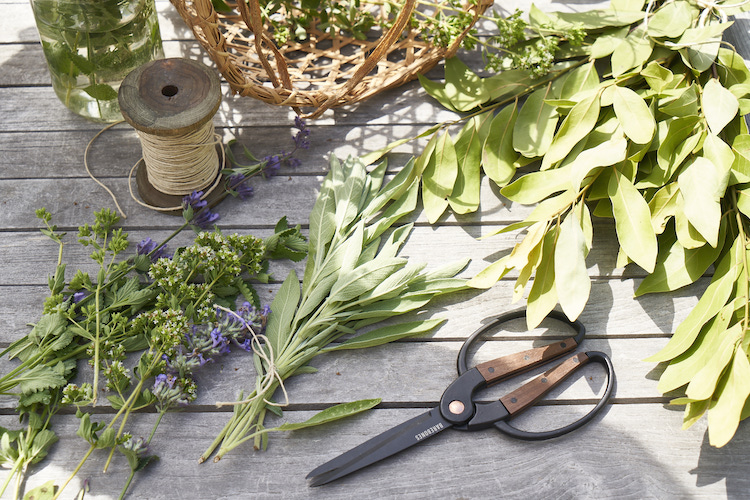

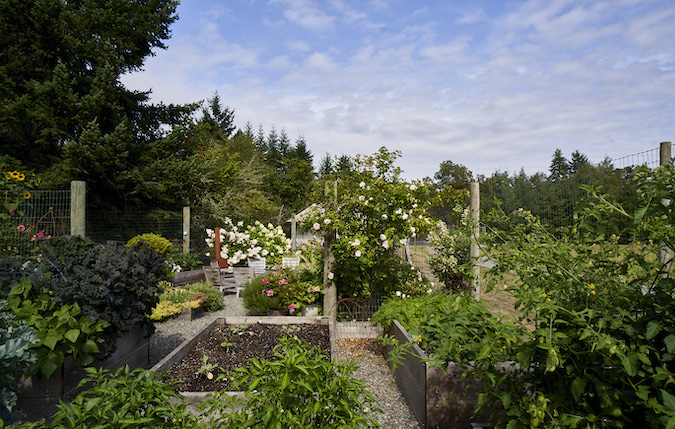

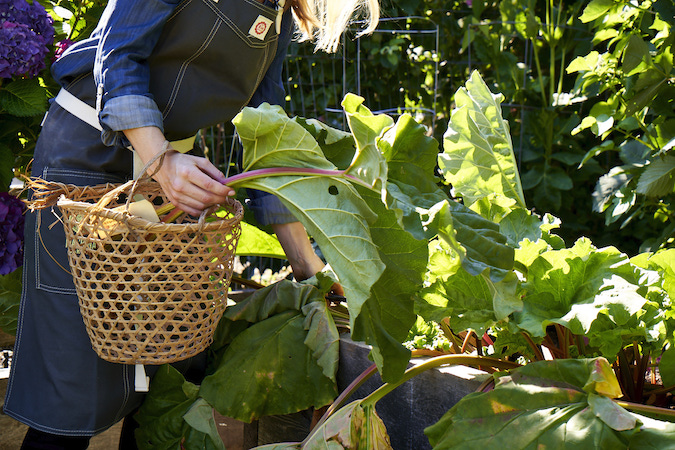
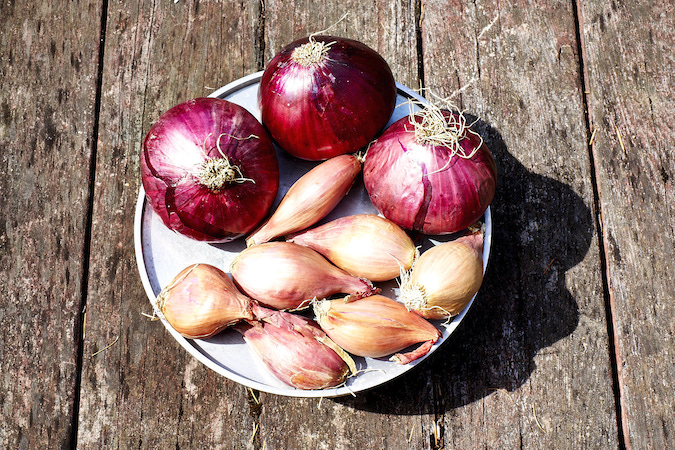
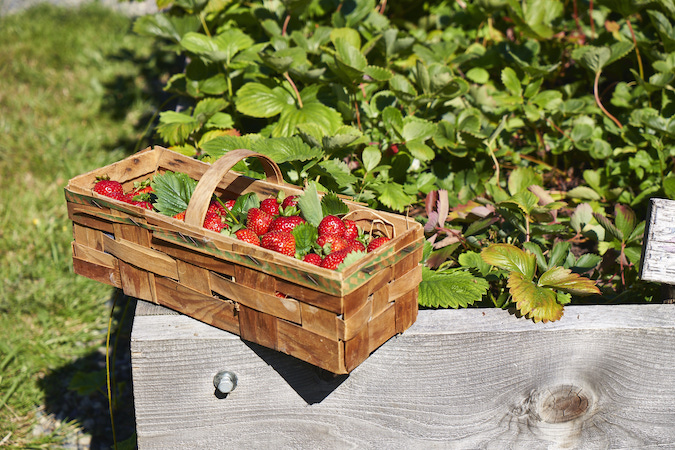

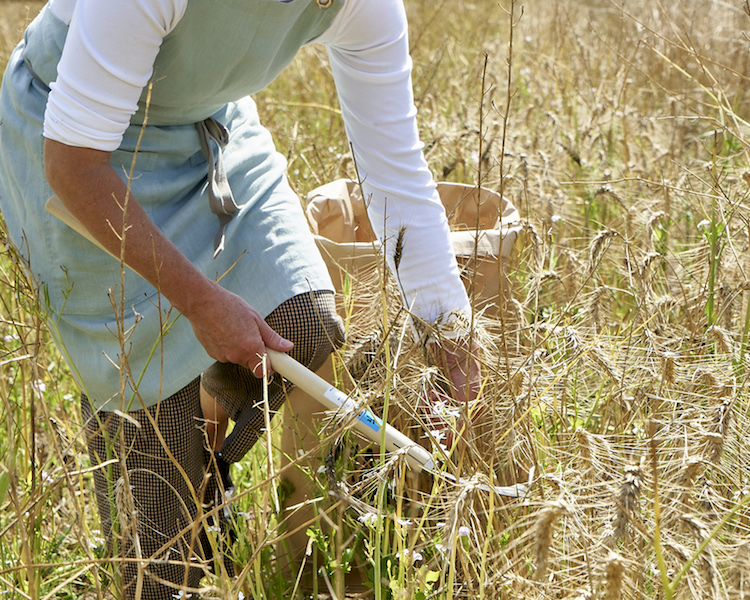
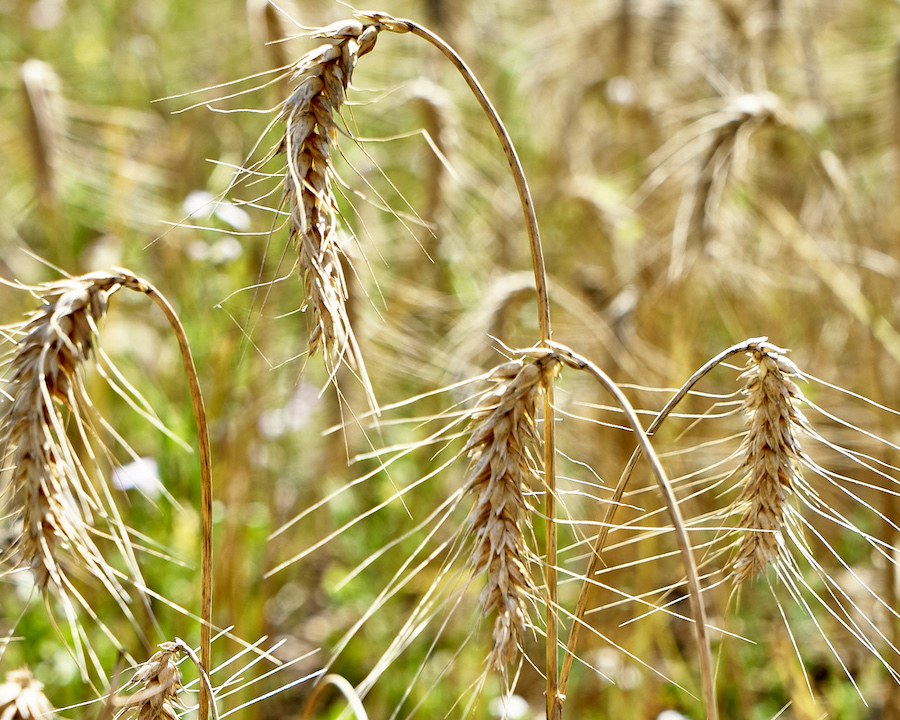

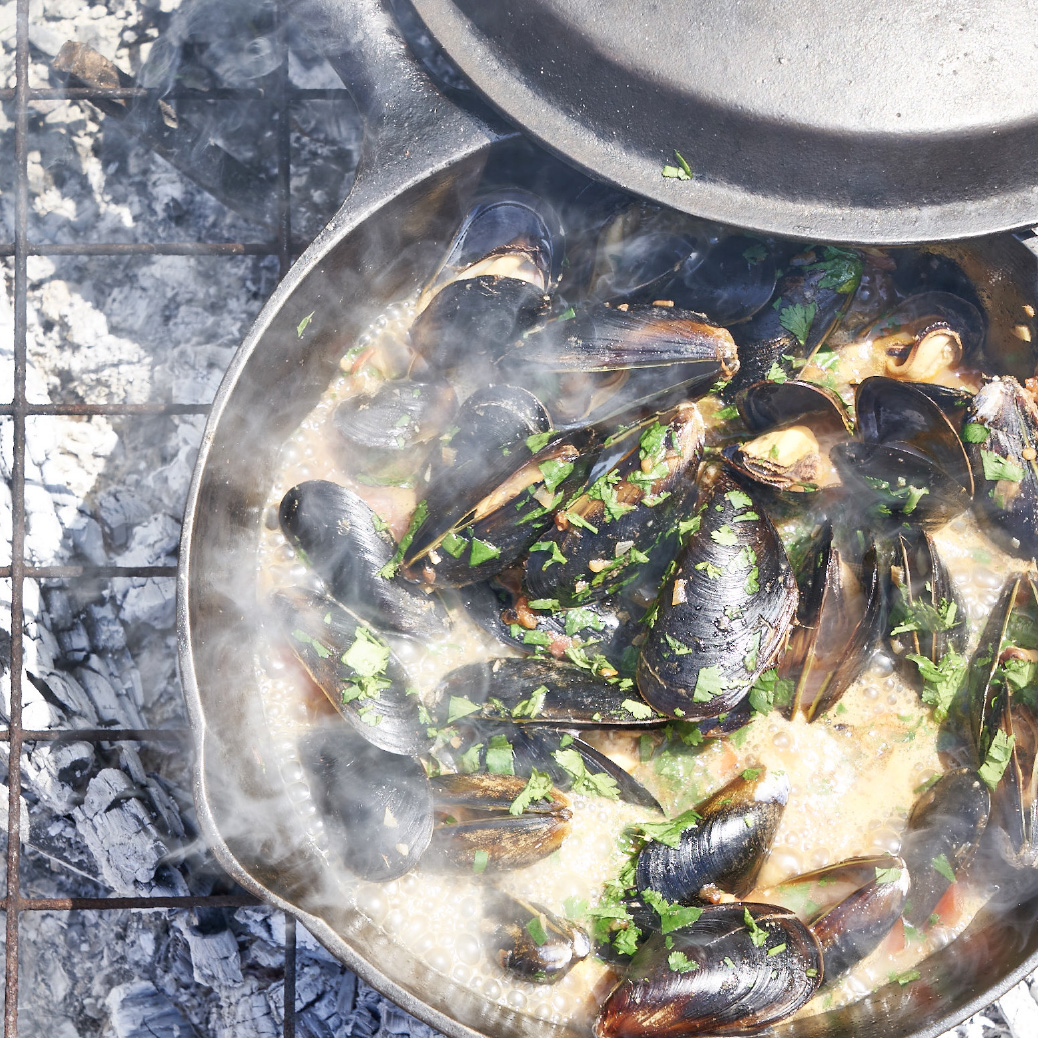
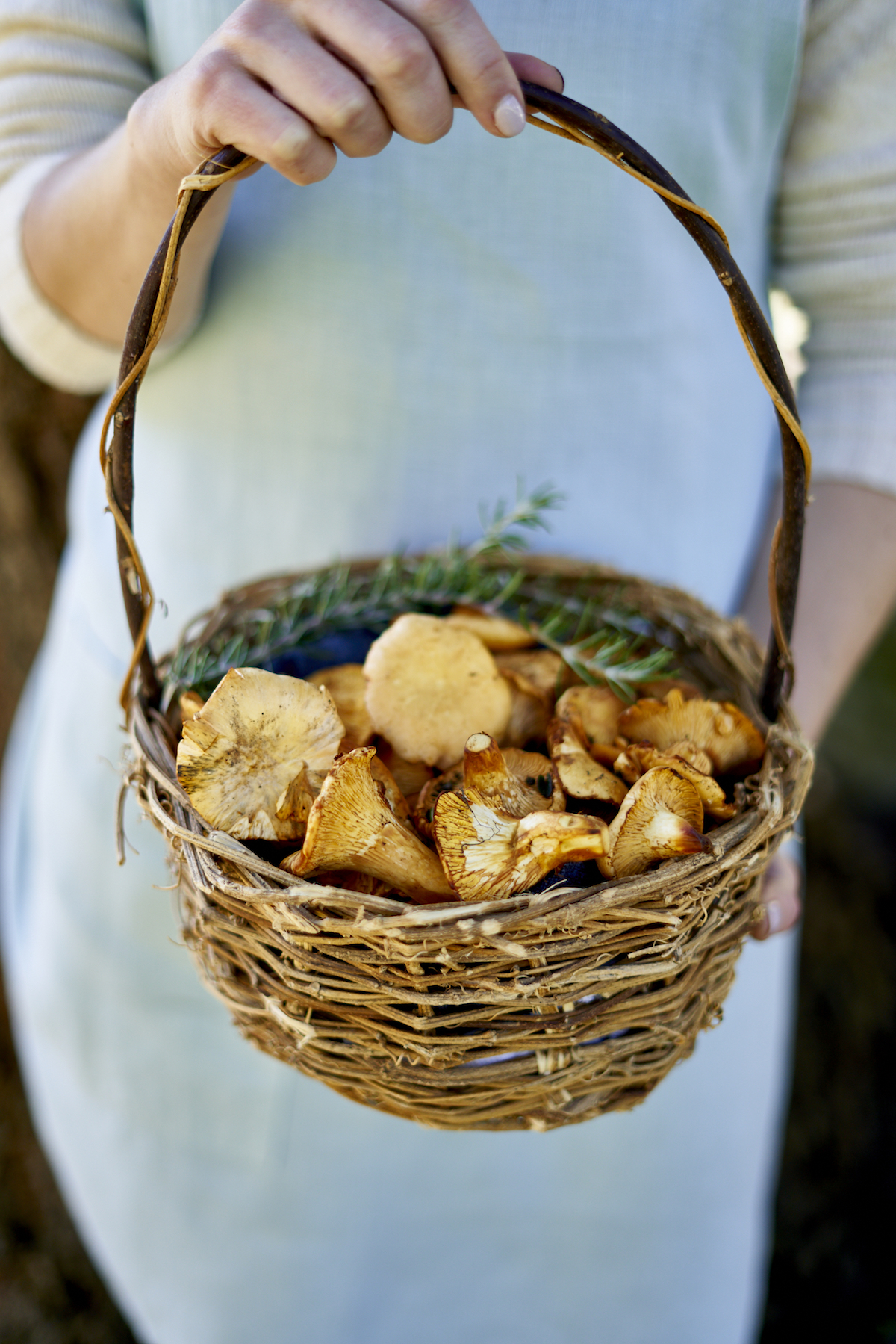
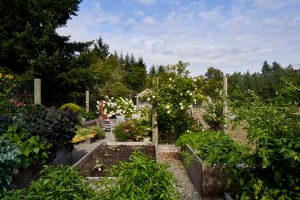
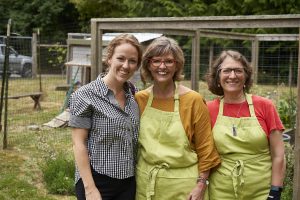
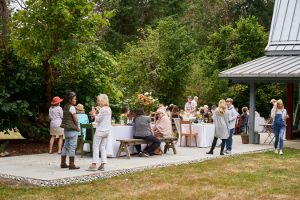
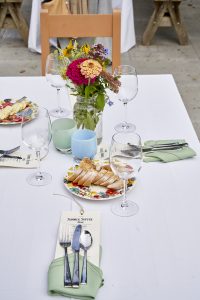
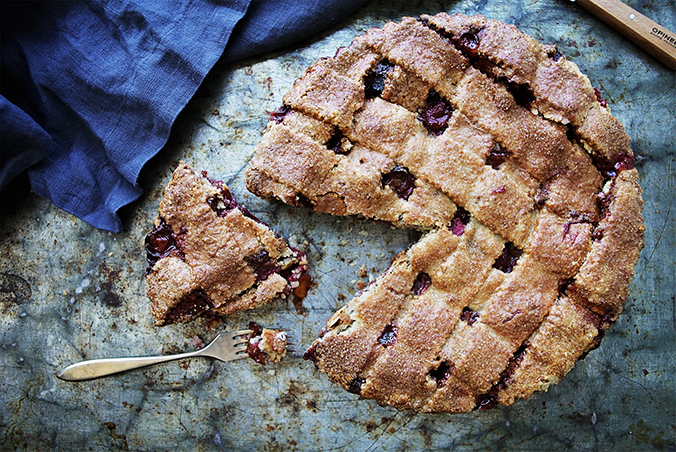 Imagine you’re three years into owning and operating your dream bakery. Then imagine getting a call that Julia Child, the legend herself,
Imagine you’re three years into owning and operating your dream bakery. Then imagine getting a call that Julia Child, the legend herself,